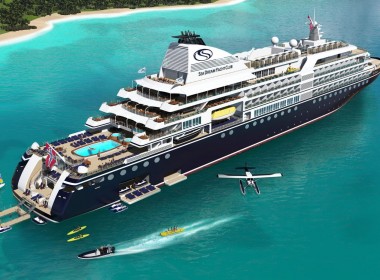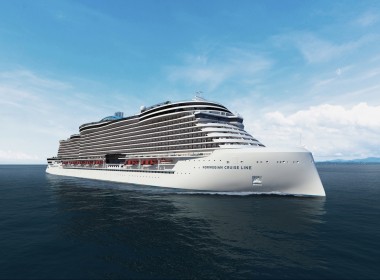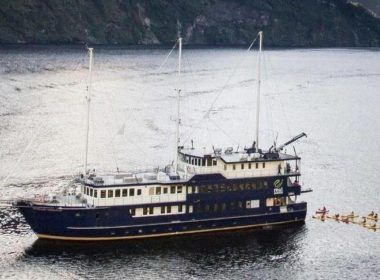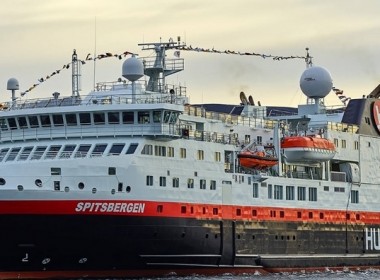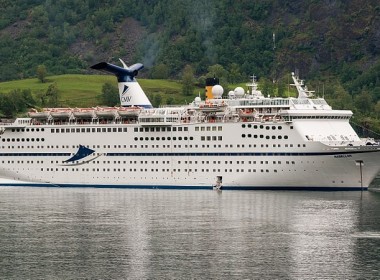Norwegian safety body publishes investigation report on 2019 cruise ship power loss

The Norwegian Safety Investigation Authority (NSIA) has published its findings following an investigation into the power loss suffered by a cruise ship off the Norwegian coast nearly five years prior.
In the afternoon (local time) of March 23, 2019, the cruise ship Viking Sky experienced a blackout, causing loss of propulsion and steering, during a storm in the Hustadvika area of the Norwegian coast.
The NSIA said that the vessel is estimated to have come within a ship’s length of running aground with 1,374 persons on board, and that the accident had the potential to develop into one of the deadliest maritime disasters in modern times.
The accident was caused by insufficient lubricating oil in all of the operating diesel generators’ lubricating oil sump tanks, in combination with pitching and rolling in rough seas. The investigation has identified operational, technical, and organisational safety issues that in different ways contributed to the blackout.
The NSIA said the blackout recovery was time-consuming, and it took 39 minutes from the blackout until both propulsion motors were operational and the ship had sufficient power available to maintain between one to five knots ahead. Blackout drills had been carried out, but recovery from a full blackout without a standby generator had never been drilled on board.
The engineers were therefore faced with a situation they were not practised in managing. The situation was stressful, the control system was complex, and a specific sequence of actions was needed.
The NSIA remarked that insufficient training likely contributed to why the blackout recovery was time-consuming.
When Viking Sky left Tromsø on March 21, 2019, with one out of four diesel generators unavailable, both the crew and the passengers were unknowingly exposed to an increased risk as the vessel did not have the redundancy required under the Safe Return to Port (SRTP) regulations.
As Viking Sky did not comply with the applicable safety standards, it should not have departed Tromsø under the prevailing circumstances.
The investigation also found that the lube oil sump tank design was non-compliant with applicable regulations.
The NSIA has issued a total of 14 safety recommendations to relevant parties with the aim of promoting maritime safety. Those recommendations can be read in detail on the agency’s website.


